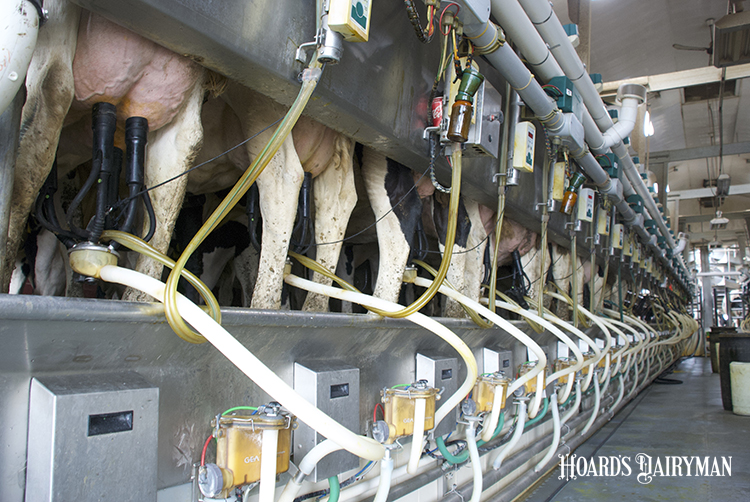
Dairy products remain rather tight worldwide. Given that situation, one would rationalize that the global milk production spigot may be turned to full stream. However, there are reasons that may not happen as quickly this time around.
Unfavorable weather conditions, reduced feed quality, high input costs, limited labor, and additional regulations have all combined in some way to slow milk production in both New Zealand and the European Union (EU). Of course, the U.S. stands third to the Kiwis and the EU for global dairy product exports.
Is the dairy market situation different in the U.S.?
More importantly, could we see a quick climb in U.S. milk production?
It may be a slow roll this time around, predicted Sarina Sharp.
“Outside of the cheese states, dairy producers don’t have a lot of money to expand,” shared Sharp at the winter gathering of the Wisconsin Association of Dairy Plant Field Representatives. In making that statement, Sharp pointed to high Class III prices that prevailed during the height of the COVID-19 pandemic. As those prices were realized by dairy farmers in high cheese production states, those farms in higher Class IV utilization areas lagged further behind in mailbox milk prices.
Aside from a shortfall of financial resources, several limitations exist for a big influx of domestic milk. “There is a ceiling on dairy expansion,” said the editor of the Daily Dairy Report.
That list of barriers to for a quick expansion of the U.S. milk supply include:
• Processing capacity
• Construction and supply chain bottlenecks
• Slow permitting process
• Environmental regulations
• Labor supply and overtime laws
• Water issues in the West
• Heifer supplies
“We have the lowest heifer inventories since 2005,” Sharp went on to say, citing higher heifer raising costs and more beef semen being used on dairy cows as two main reasons for the 17-year low in heifer inventories.
“Given all these factors, we will see milk production climb a little less drastically moving forward,” predicted the dairy market expert.








